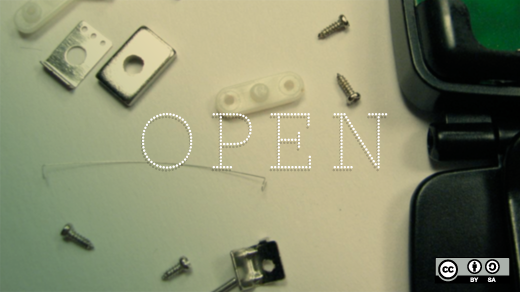
Open source software is not widely used in the U.S. in the clinical laboratory setting. This is unfortunate, because the benefits and values of open source greatly outweigh any drawbacks in many cases. Here, we will briefly describe 5 top reasons your laboratory should consider open source software.
Cost
Most open source software is complete free of charge, which is a great benefit to small companies concerned about their bottom line. Many companies, including Lab Insights, LLC, offer paid support for their free software. This can ensure that your lab gets a quality product with support and customer service that they expect. Proprietary vendors, like Microsoft have argued in the past that the total cost of ownership for free software is higher than their paid solutions, but we believe that this in an antiquated belief. This is evidenced the emergence of many successful open source companies, like Canonical and Red Hat, and many other successful companies that rely on open source software for their business, such as Facebook and Google.
Reliability
With open source software, you can count on the fact that the software you use will be around for years to come. Good open source software is built to last, and is not subject to the whims of a company that may make breaking changes to their product while requiring you to upgrade. There is no license key that will expire on you just when you need it most. You’re software will just continue to work.
Auditability
Since the code is available, and version control is generally done in the public, Savy open source software consumers can audit the code, or pay to have it audited by professionals. This means that you can be confident in the security and functionality that is promised by the software developers. You can also check for unwanted features, such as security backdoors and private data siphoning. Open source software can be trusted because you can look for yourself.
Freedom
Richard Stallman, one of the pioneers of the free software movement, is attributed to developing the four essential freedoms of software. In a nutshell, they state that users should be free to run, examine, distribute, and modify software as they see fit. In a laboratory setting, this can be extended to the data that is generated by the software. When it comes to free and open source software, your date is your data.
Interoperability
Open source also means open interfaces. All of the popular open source tools have documented interfaces, and are designed for interoperability. Since you are free to modify the code, open source software can be extended for even more interoperability as your needs change.
Challenges to Consider
While there are many advantages of using open source software in your laboratory, it does come with some risks and challenges. Most noticeably, technical support for many open source projects is either not available or hard to come by. While in many cases this is not an issue, having professional support can be a key part of IT strategy. Be careful to choose software that not only meets your functional requirements, but also your IT support needs as well. For more information regarding some of the challenges, read this article.
